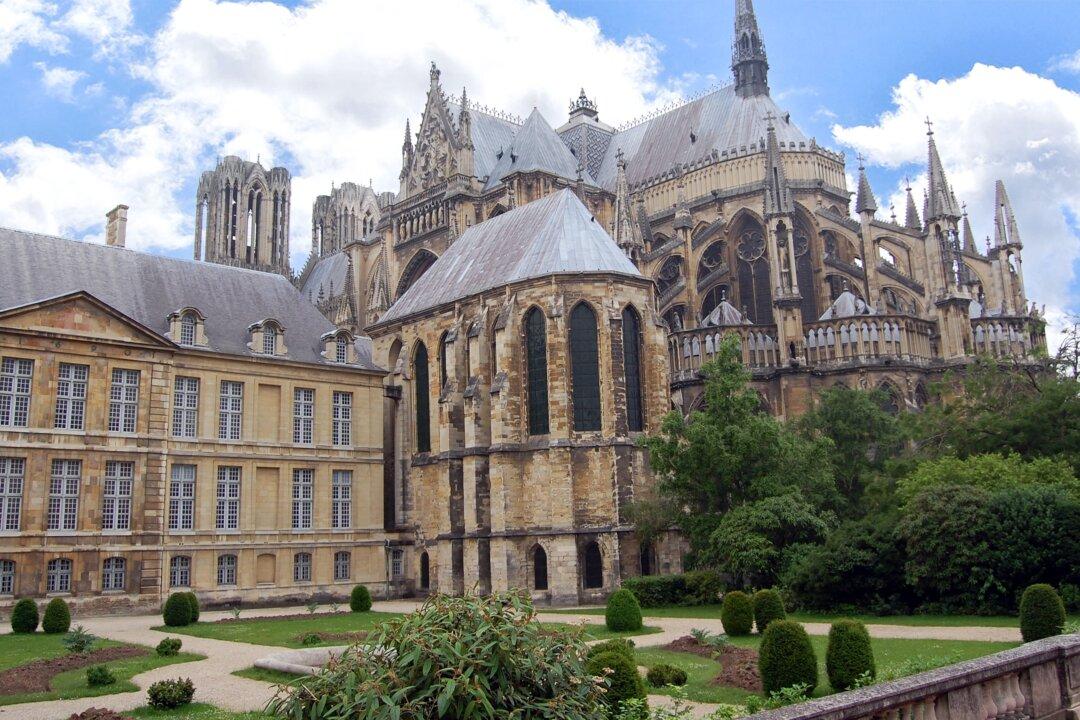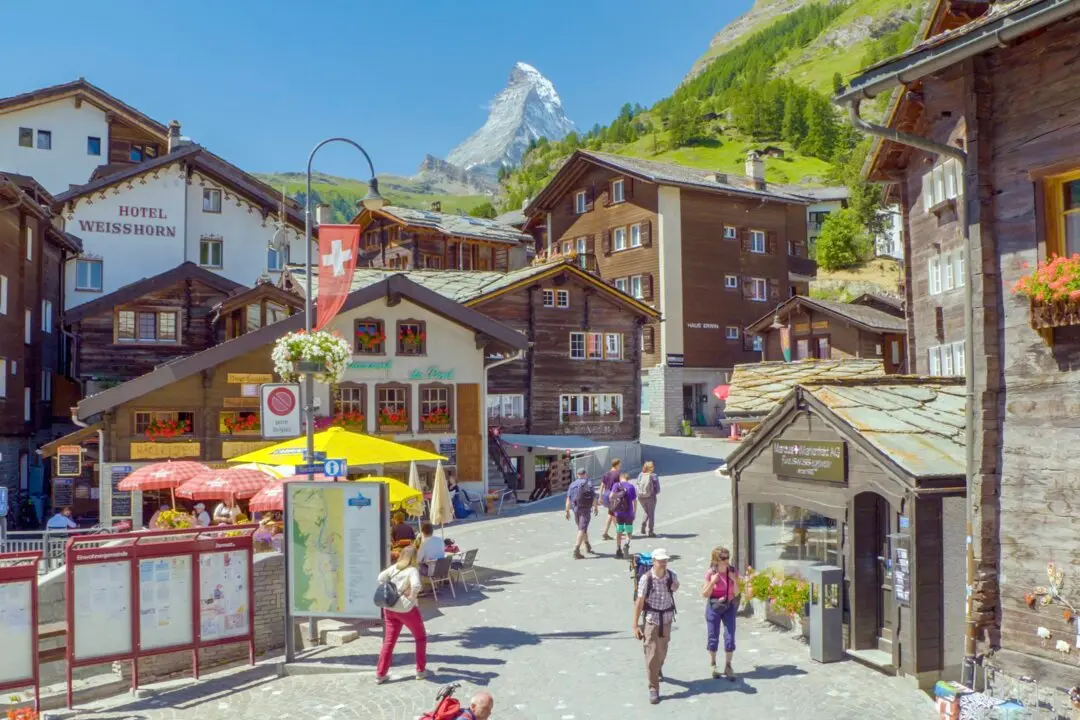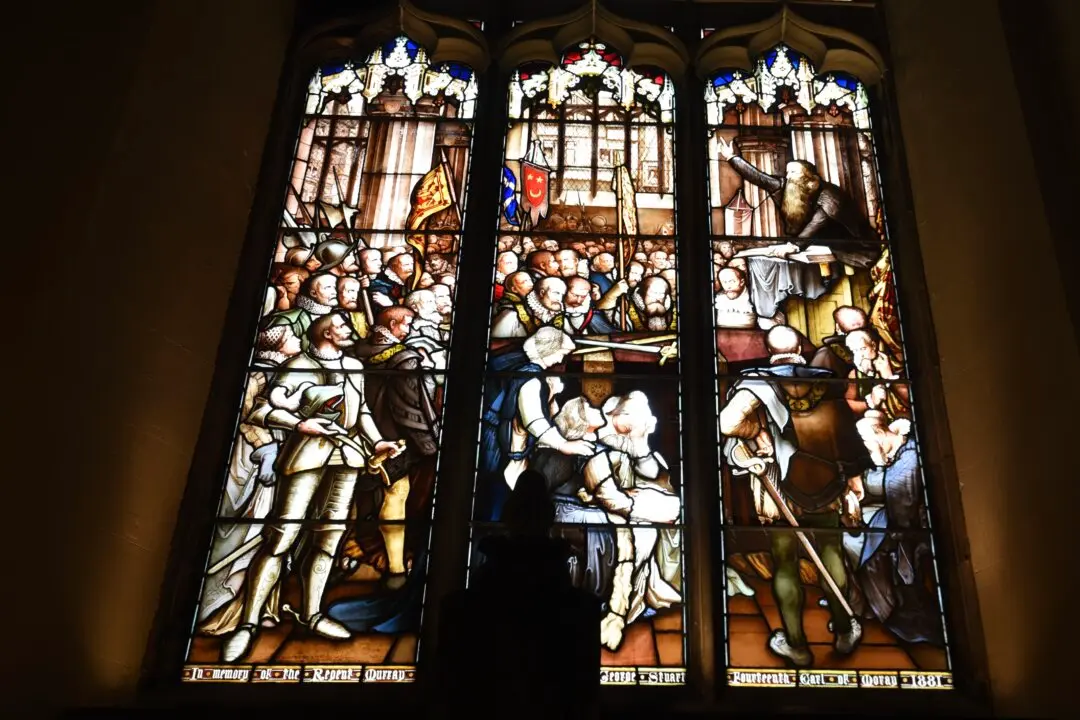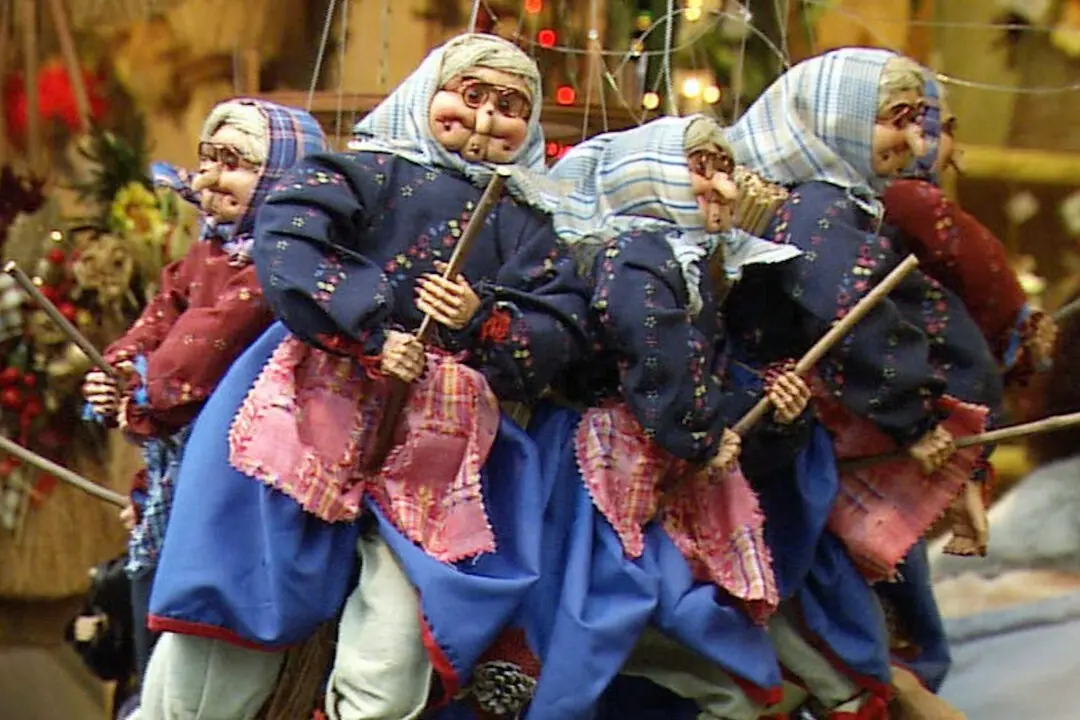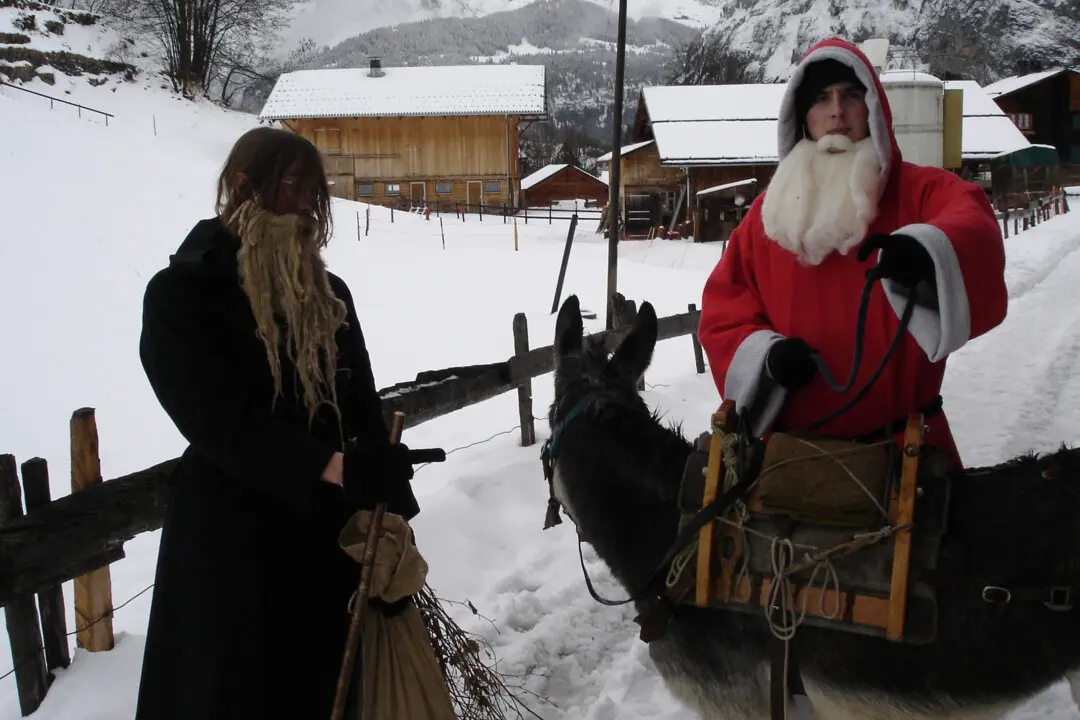Imagine that happy day around 1700 when the monk Dom Pérignon, after much fiddling with the double fermentation of his grape juice, stumbled onto a bubbly delight. Having tasted the very first glass of Champagne, he ran through the abbey shouting, “Brothers, come quickly … I’m drinking stars!”
The drink he invented ultimately put the region of Champagne in northeastern France on the map. Visiting the area and its delightful capital Reims (pronounced “rance”) is easy, with frequent high-speed TGV trains connecting central Paris with the city in just 45 minutes.

